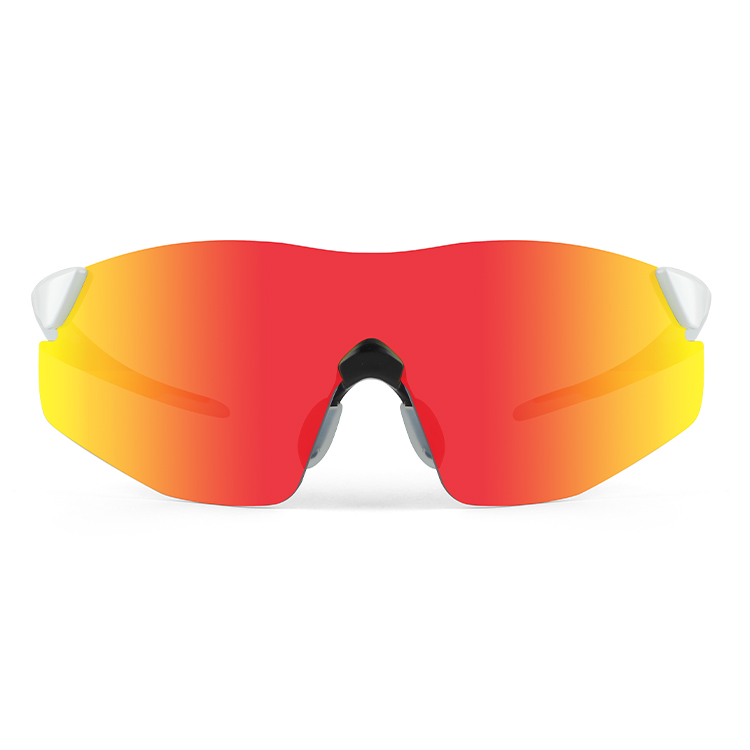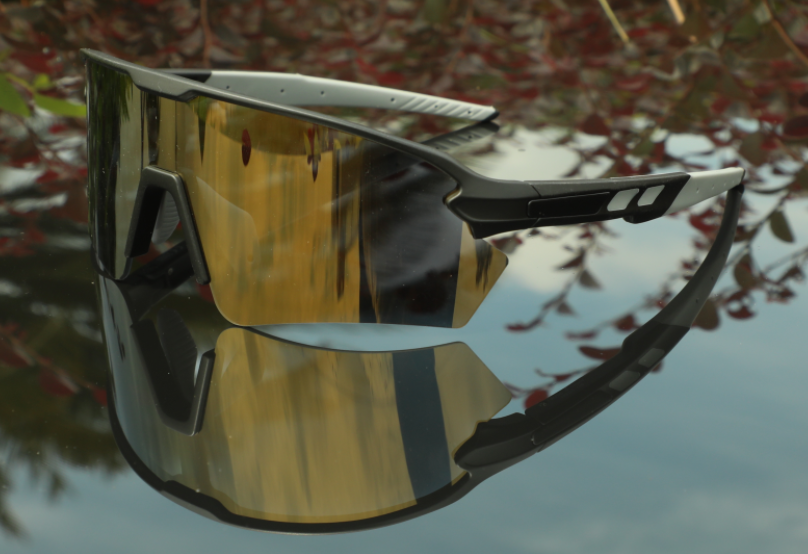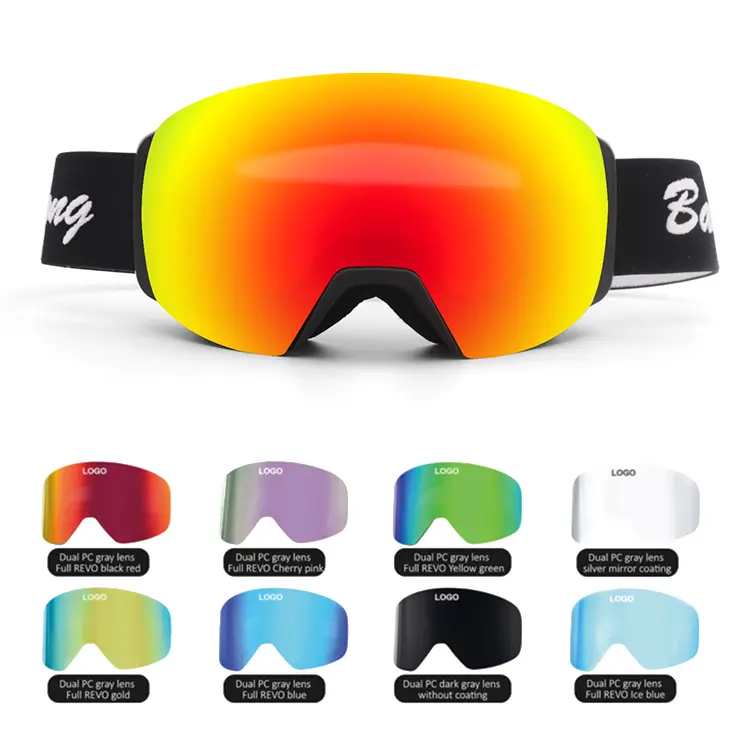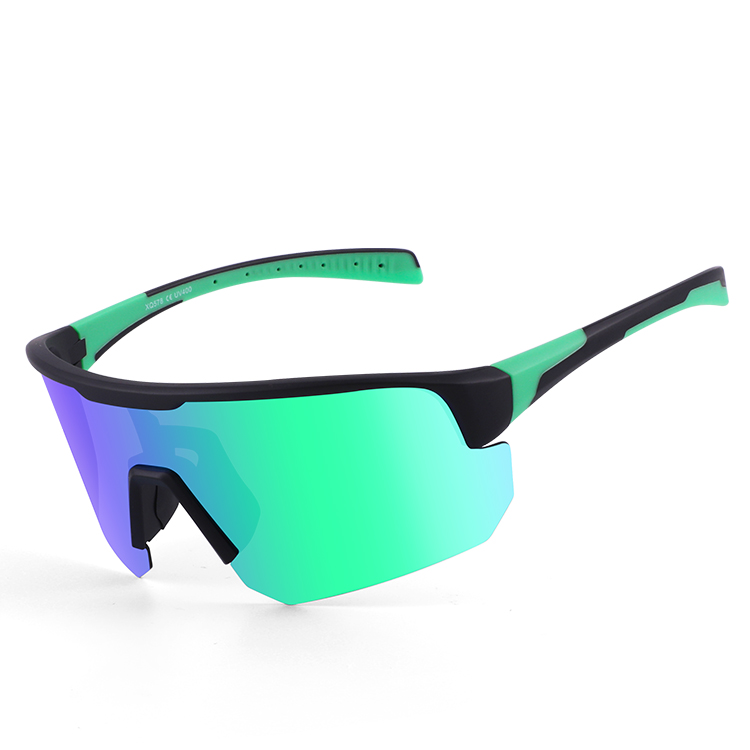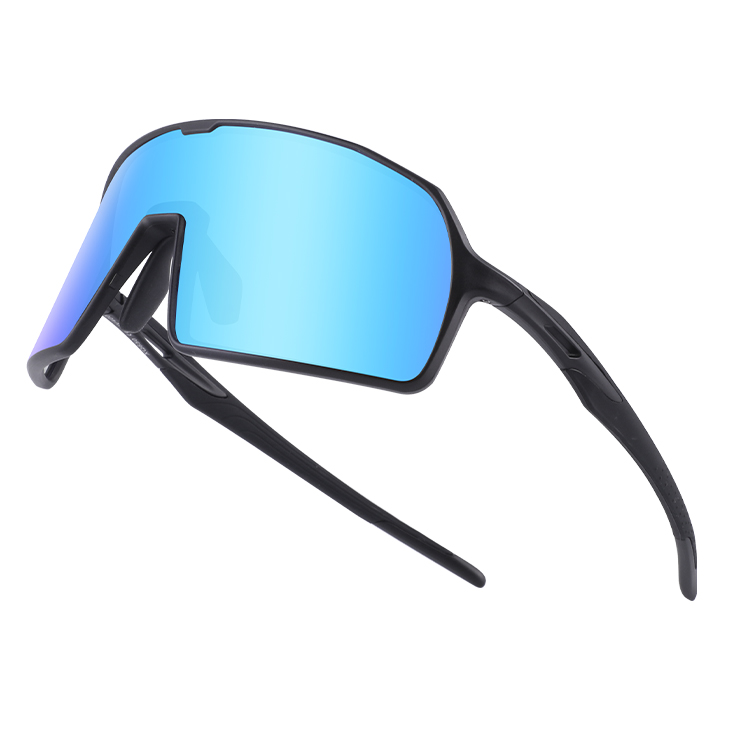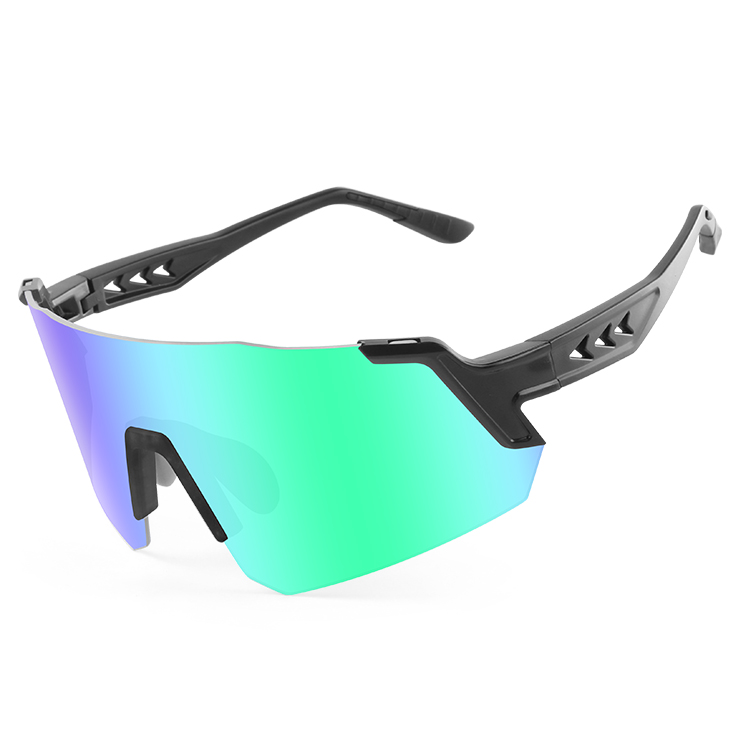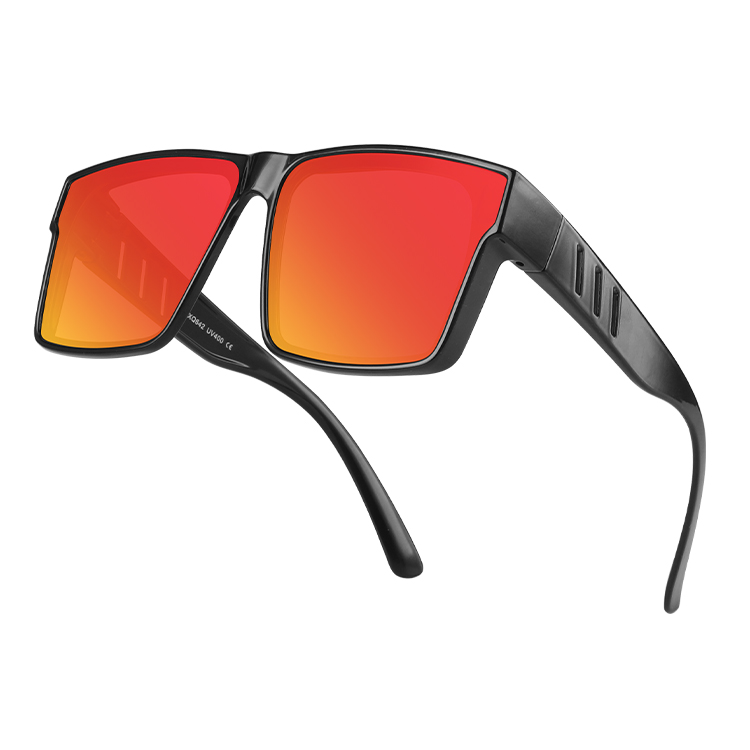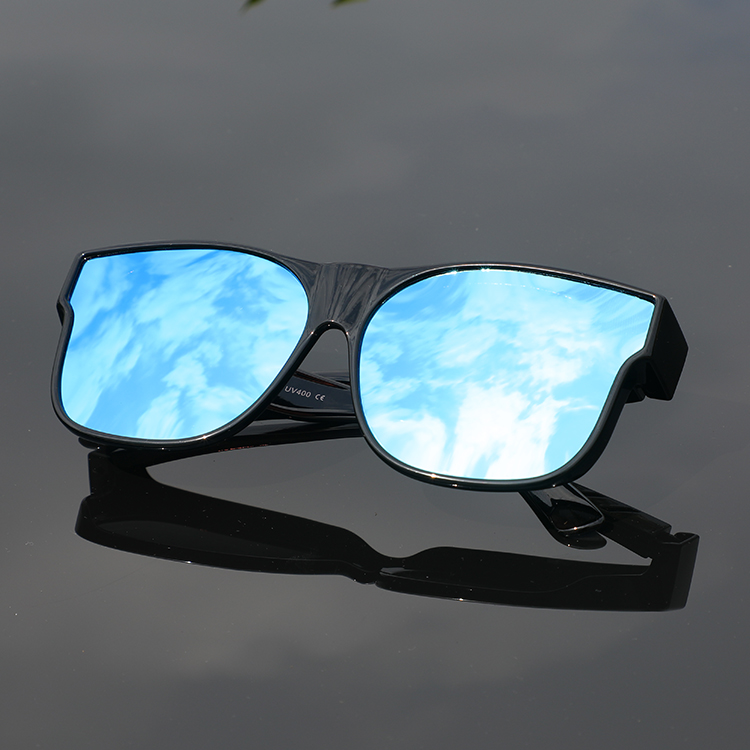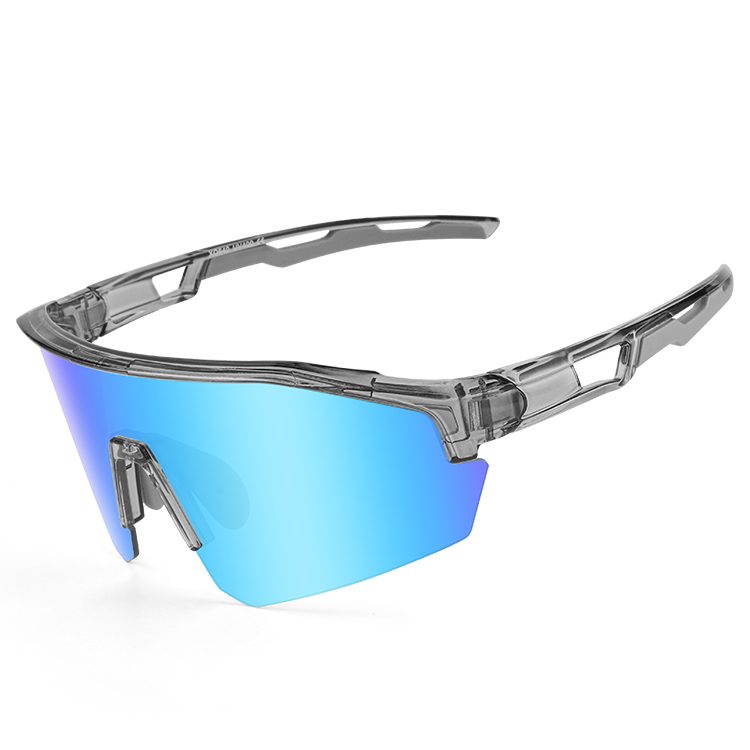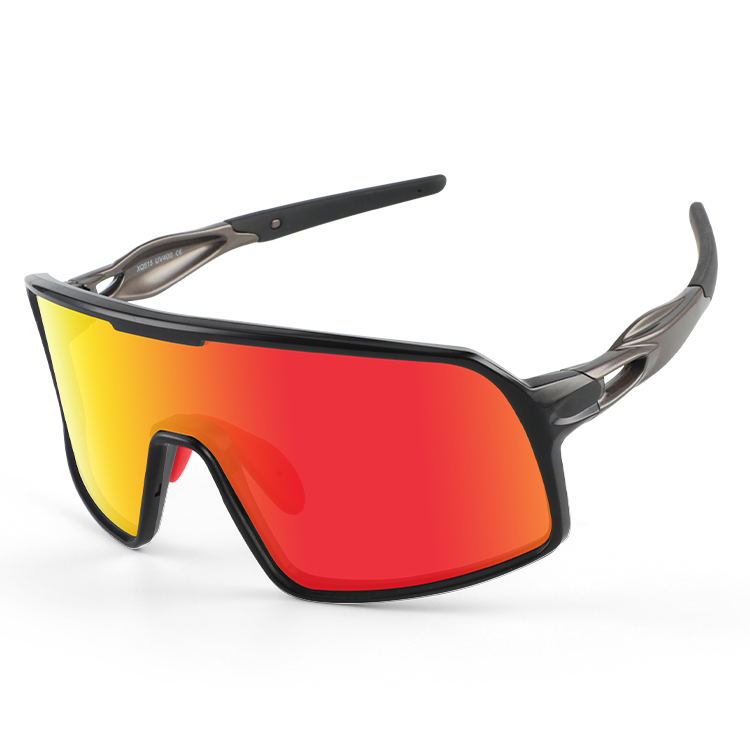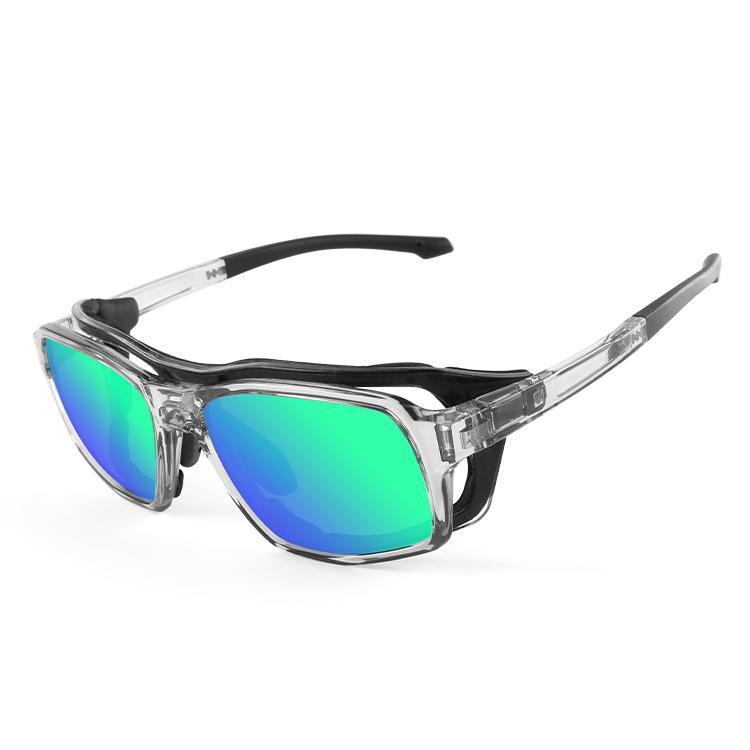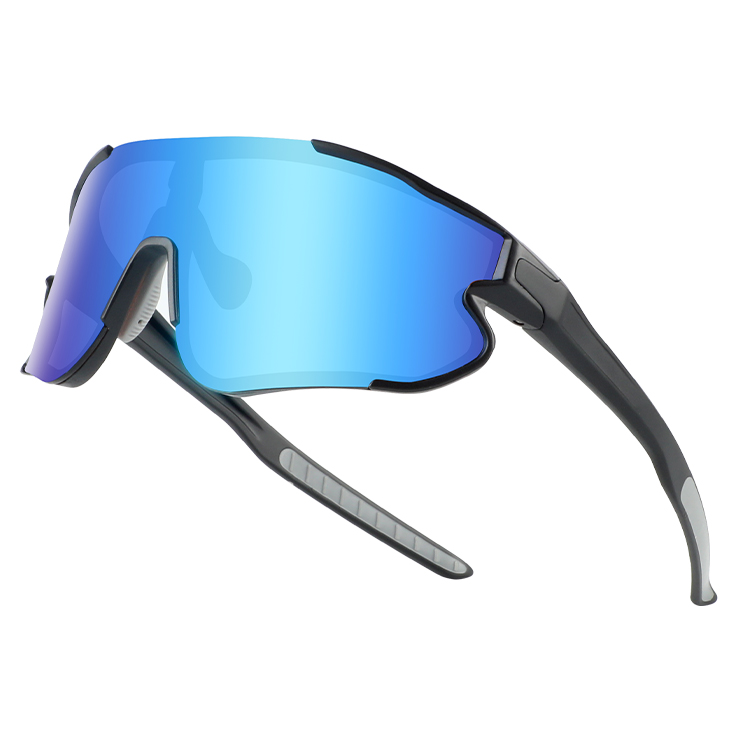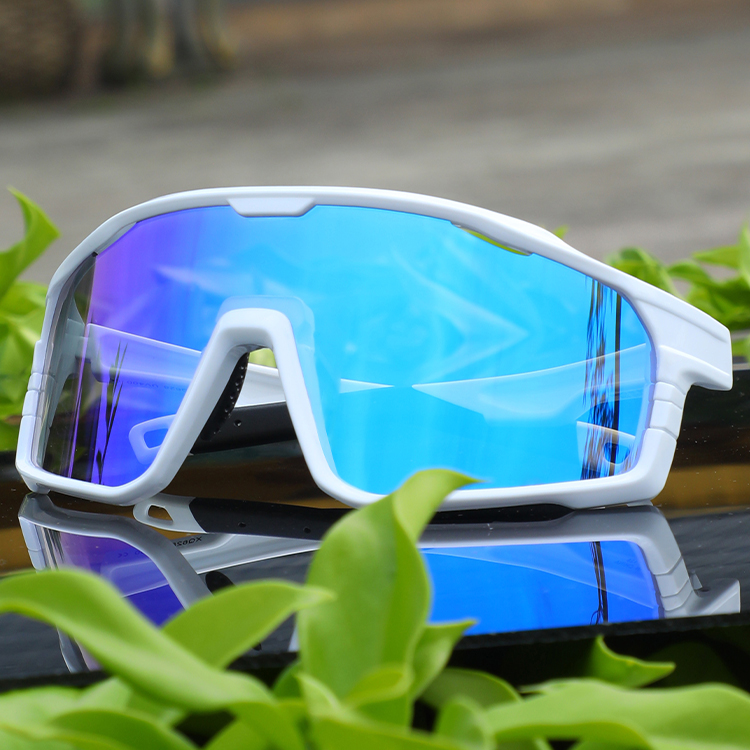Sports goggles are essential not only for eye protection but also for enhancing performance in demanding activities. Whether on rugged trails, snow-covered slopes, or sunlit golf courses, the right goggles ensure clear vision, comfort, and safety. Understanding the differences between each type helps athletes choose gear that meets their sport’s unique challenges.
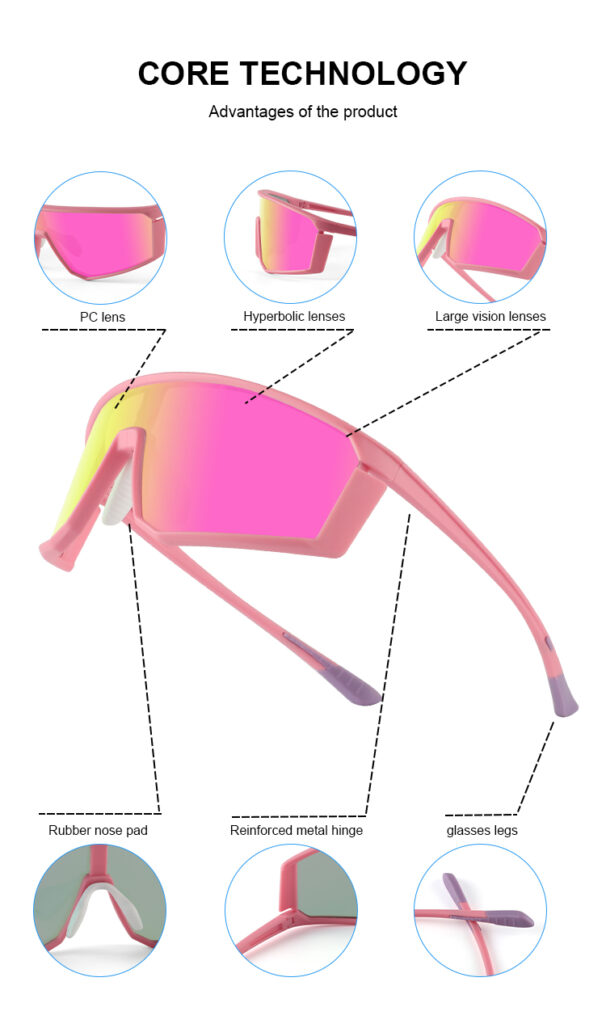
Sports Goggles: Combining Safety and Enhanced Performance
Sports goggles are engineered for dynamic environments where eye safety and clarity are critical. Designed with high-impact polycarbonate lenses—up to 10 times more impact resistant than regular glass—they protect eyes from fast-moving objects and harsh environmental elements. UV400 protection filters 99–100% of UVA and UVB rays, shielding athletes from long-term sun damage. Advanced ventilation systems reduce fog buildup during intense exertion, while padded frames and adjustable elastic straps offer a secure fit. These features allow athletes to maintain focus and comfort during high-speed, high-intensity activities.
Cycling Goggles: Eye Protection for Long Rides
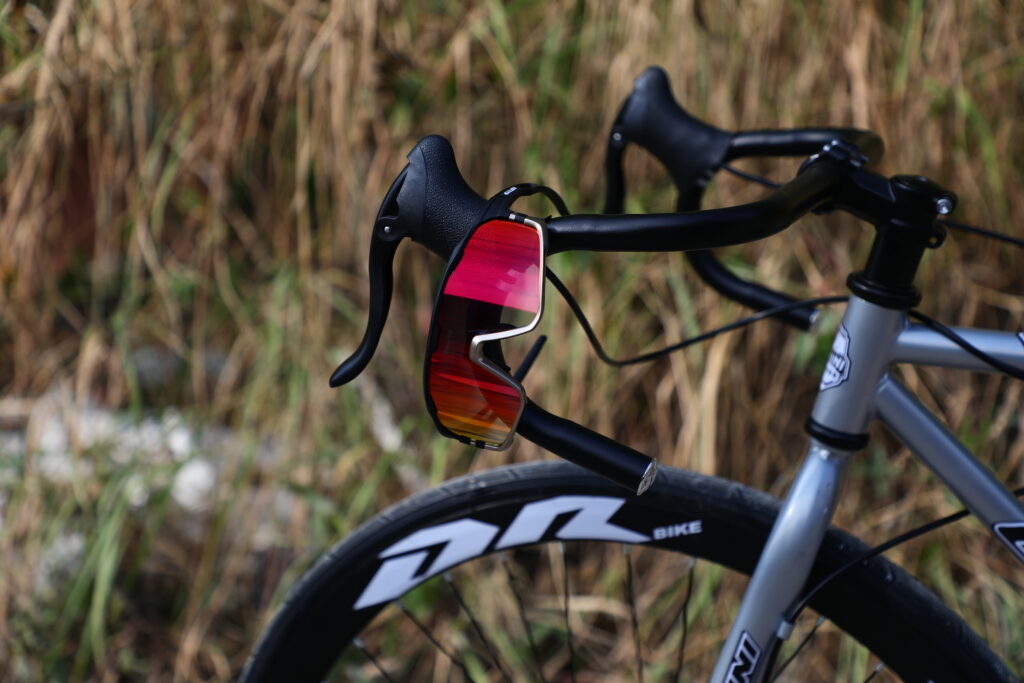
Cycling goggles are a vital part of a rider’s gear, especially for long-distance rides where wind, dust, and insects pose constant threats. Modern cycling goggles use lightweight, aerodynamic frames to minimize drag and facial fatigue. Anti-fog and hydrophobic coatings maintain lens clarity in humid or rainy conditions. Some models offer interchangeable lenses with visible light transmission (VLT) ranging from 15% for bright sunlight to 80% for overcast conditions, allowing cyclists to adapt quickly. Foam padding creates a dust-tight seal around the eyes, while secure-fit straps keep goggles in place even at speeds exceeding 60 mph (about 96 km/h).
Golf Goggles: Optimized for Clarity and Performance Outdoors
Golf goggles are tailored for outdoor environments where lighting can change rapidly. Glare-reduction technologies help minimize reflections from water hazards and other shiny surfaces, significantly improving contrast and depth perception. This makes it easier for golfers to read greens and track ball flight under varying sun conditions. UV400 protection shields eyes during prolonged exposure, and frames often feature lightweight materials and ergonomic nose pads for extended wear without pressure points. Some advanced golf goggles feature adaptive lenses that automatically adjust tint intensity based on light conditions throughout the day.
MTB Goggles: Protection for Extreme Off-Road Conditions
Mountain bike (MTB) goggles are designed for aggressive off-road terrain, where dust, debris, and sudden impacts are constant threats. Their wide, impact-resistant lenses offer superior protection and a broad field of view for navigating technical trails. Multi-layer foam ensures a snug fit, blocking out fine particles while allowing breathability. Reinforced straps keep goggles stable over helmets, even during jumps or steep descents. Some MTB goggles integrate roll-off or tear-off lens systems for rapid cleaning in muddy environments, and ventilation channels maintain lens clarity in fluctuating temperatures. Certain models are tested to withstand impacts from debris traveling up to 160 ft/s (about 50 m/s).
Ski Goggles: Optimal Vision in Snowy Conditions
Ski goggles are designed to handle cold, reflective, and fast-changing alpine conditions. Dual-pane lenses with anti-fog coatings prevent condensation during intense runs, while spherical lens designs reduce distortion and expand peripheral vision. Polarized and photochromic lens options adapt to bright sun, cloud cover, or shaded trails, offering consistent visibility. Hypoallergenic foam padding contours gently to the face for all-day comfort, while elastic straps are designed to work seamlessly with helmets, ensuring stability even on steep, high-speed descents. Some models are rated to resist temperatures as low as -40°C, making them suitable for extreme winter sports.
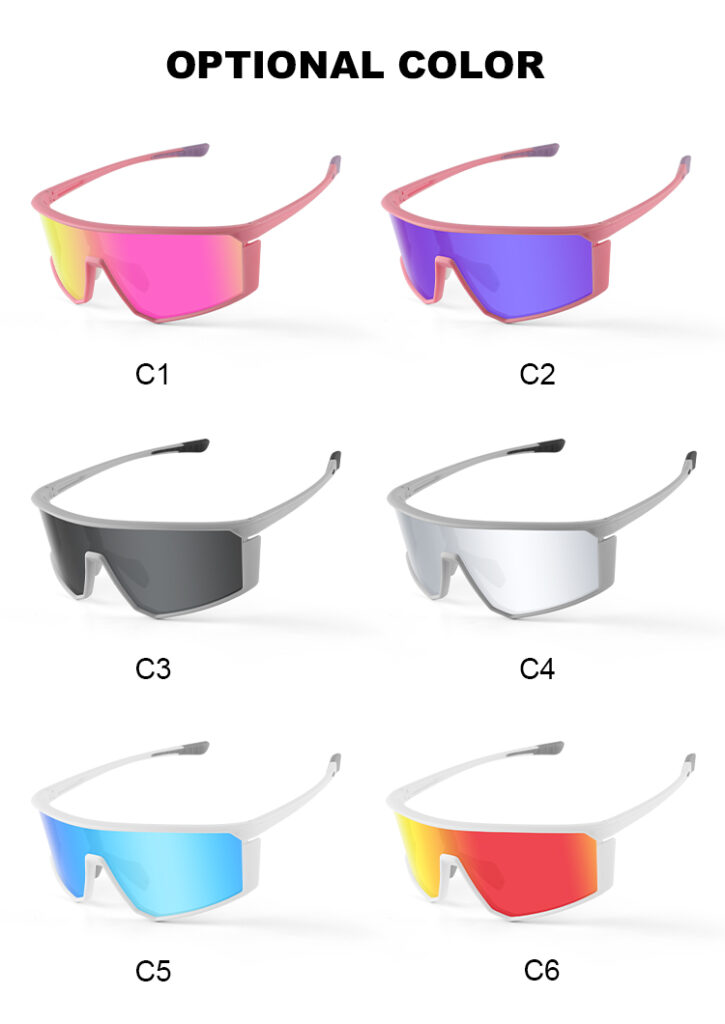 Key Features to Consider When Choosing Goggles
Key Features to Consider When Choosing Goggles
When selecting sports goggles, several technical features enhance safety and user experience:
- Lens Treatments: Hydrophobic, anti-scratch, and anti-fog coatings preserve clarity and durability.
- Fit and Comfort: Ergonomic designs, hypoallergenic materials, and flexible frames minimize discomfort during prolonged wear.
- Field of Vision: Wide-angle lenses minimize blind spots, essential for sports and industrial safety.
- Standards and Certifications: Ensure the goggles comply with international standards like EN166 or ANSI Z87.1 to guarantee reliable protection levels.
Conclusion: Selecting the Right Goggles for Your Sport
Each type of sports goggle is engineered for a specific environment, combining advanced materials and smart design to protect your eyes and enhance performance. Whether tackling mountain trails, navigating a ski slope, cycling through varying weather, or reading a sunlit golf course, the right goggles deliver superior comfort, clarity, and safety. As technology evolves, today’s goggles integrate more adaptive features—ensuring athletes can perform confidently in any condition.

